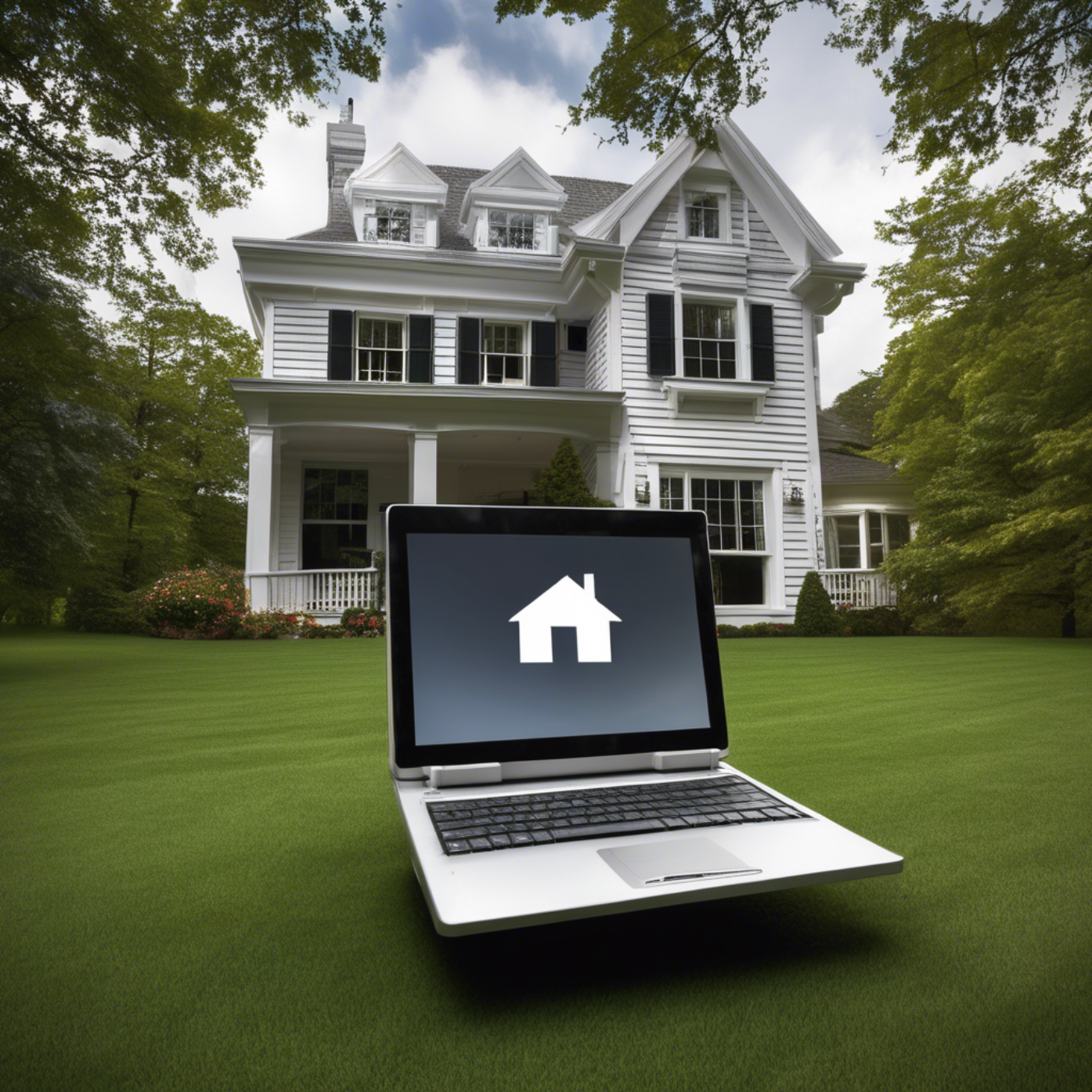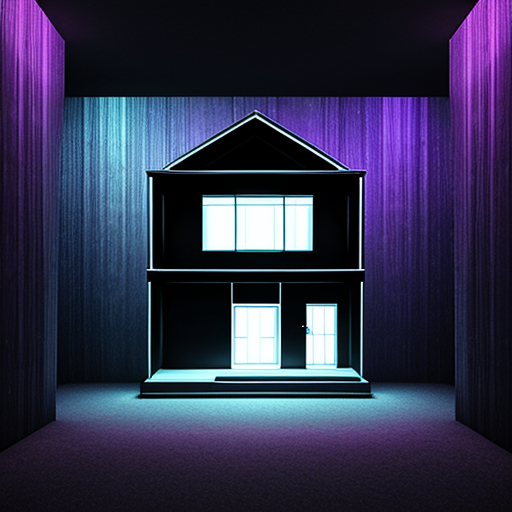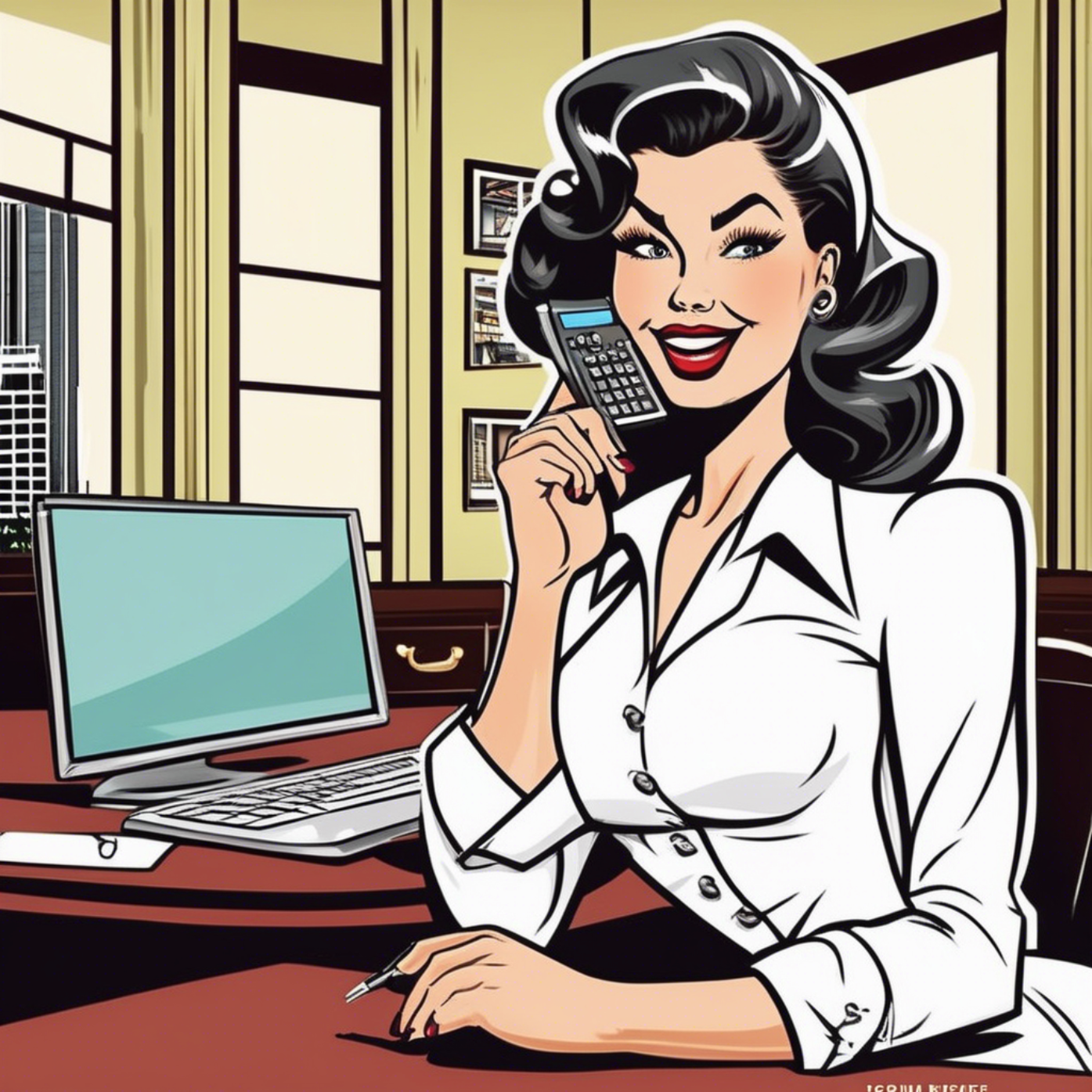
In the competitive landscape of real estate marketing, visual presentation can make or break a sale. Traditionally, home staging has been a powerful tool to help potential buyers visualize a property's potential. However, physical staging is expensive, time-consuming, and logistically challenging. Enter DIY virtual staging app software — a cost-effective, flexible, and increasingly powerful alternative.
This article dives deep into the world of DIY virtual staging applications, examining the top platforms available, how they work, their strengths and weaknesses, and how realtors, homeowners, and photographers can harness their power to drive sales and engagement.
Read about the best virtual staging softwares and apps for real estate and realtors 2025 (DIY and free download reddit): Virtual staging AI
What Is DIY Virtual Staging Software?
DIY virtual staging software allows users to digitally furnish and decorate vacant or partially-furnished real estate photos. Unlike full-service virtual staging services, DIY apps put creative control in the hands of users, enabling them to select, place, and edit furnishings with intuitive tools and pre-made design elements. Most of these platforms are cloud-based, while others offer mobile and desktop apps.
The appeal is clear: save money, work faster, and experiment with different styles until you find what fits the home and market best.
Benefits of Using DIY Virtual Staging Apps
Cost Efficiency: Significantly cheaper than hiring a professional stager or a virtual staging studio.
Creative Control: Users can experiment with styles that match their vision or target demographic.
Speed: Create a staged photo in minutes rather than days or weeks.
Scalability: Great for agents with multiple listings or photographers offering staging as an add-on.
Accessibility: No special design skills are needed. Most apps feature drag-and-drop interfaces.
Top DIY Virtual Staging Software in 2025
Top DIY Virtual Staging Software Applications for Real Estate
The virtual staging software market has expanded dramatically in recent years, offering realtors powerful tools to transform empty spaces into appealing, furnished properties. Here's an overview of the leading DIY virtual staging applications that are changing how properties are marketed:
BoxBrownie
BoxBrownie offers an intuitive platform that balances professional quality with user-friendly operation. While not fully DIY (their team assists with the actual staging), their streamlined process and affordable pricing ($32-64 per image) make them popular with agents seeking quality without the complexity of fully manual tools. Their 24-hour turnaround beats traditional staging services, and their furniture library includes thousands of items spanning multiple design styles.
Virtual Staging AI
As one of the first fully AI-powered staging solutions, Virtual Staging AI allows users to simply upload empty room photos and have the AI analyze the space and automatically place appropriate furniture. The platform uses machine learning to understand room dimensions and architectural features, placing contextually appropriate furniture with minimal user input. At approximately $15-25 per image, it offers an affordable option with rapid results, though furniture selection may be more limited than some competitors.
Homestyler
Originally designed for interior designers, Homestyler has gained popularity among real estate professionals for its comprehensive 3D modeling capabilities. Users can create floor plans and furnish spaces with products from real manufacturers. The free version offers basic functionality, while the professional subscription ($199/year) unlocks premium features including higher resolution exports and advanced rendering options. The learning curve is steeper than some alternatives, but the results can be extraordinarily realistic.
iStaging
iStaging specializes in creating immersive virtual reality experiences for real estate. Beyond static virtual staging, their platform enables 360° virtual tours with furnishings. Their VR Maker app allows agents to capture spaces with a smartphone and transform them into fully furnished virtual experiences. Pricing operates on a credit system (approximately $5-15 per room), making it scalable for different business sizes.
VisualStager
VisualStager offers perhaps the most straightforward DIY approach with a drag-and-drop interface that requires no design experience. Users can select from over 4,000 furniture items and place them into property photos with simple mouse movements. Their room-detection technology automatically adjusts furniture perspective to match the room's dimensions. With pay-as-you-go pricing starting around $15 per image or monthly subscriptions ($99-249), it's accessible for occasional users and high-volume agencies alike.
Styldod
Styldod combines AI automation with human refinement to deliver high-quality virtual staging. Their platform allows users to choose design themes (Modern, Traditional, Industrial, etc.) and automatically generates staged images based on these selections. Users can then make adjustments to furniture placement and selection. Subscription plans range from $75-300 monthly depending on image volume, positioning it as a mid-range option that balances quality with convenience.
PhotoUp
PhotoUp offers a comprehensive real estate marketing platform that includes virtual staging capabilities. Their system combines AI with human designers, allowing users to upload photos and receive professionally staged images within 24 hours. While not the fastest turnaround, their quality control processes ensure consistent results. Pricing starts around $25 per image, with volume discounts available for regular users.
Conclusion
The ideal DIY virtual staging software depends largely on an agent's specific needs, technical comfort level, and volume requirements. Those prioritizing ease of use might prefer VisualStager, while agents seeking the most realistic results might opt for Homestyler despite its steeper learning curve. As AI technology continues advancing, we can expect these platforms to become increasingly automated while producing even more photorealistic results, further enhancing the virtual staging landscape for real estate professionals.

How to Use DIY Virtual Staging Apps: Step-by-Step
Upload Your Photo: Start with a high-resolution image of an empty or under-furnished room.
Choose Your Room Type: Select the type of room you are staging (e.g., living room, bedroom, kitchen).
Pick a Style Template: Many apps offer modern, rustic, minimalist, and other design presets.
Add and Arrange Furniture: Drag and drop furniture from the catalog into your image.
Adjust and Refine: Tweak sizes, shadows, lighting, and perspective for a natural look.
Preview and Export: Save your image and download it for MLS listings or social media.
Tips for Effective DIY Virtual Staging
Start Simple: Avoid overfurnishing. Keep the layout clean and spacious.
Stay Neutral: Use neutral color palettes that appeal to a wider audience.
Be Consistent: Use the same style and quality across all images in your listing.
Know Your Market: Tailor the staging style to your target buyer demographic.
Test and Iterate: Try different layouts and see which gets more engagement.
Limitations of DIY Virtual Staging
Time Investment: It can be time-consuming to get it just right.
Learning Curve: Some platforms require practice to master.
Quality Variance: Results depend on user skill and image quality.
MLS Compliance: Always disclose virtually staged images as required by law.
Who Should Use DIY Virtual Staging Software?
Real Estate Agents: Elevate listings quickly and affordably.
Real Estate Photographers: Add value with optional staging services.
Property Managers: Showcase rental units with various layout possibilities.
Homeowners: Market FSBO listings with staged visuals.
Interior Designers: Preview concepts before real-world execution.
Benefits of DIY Virtual Staging Apps
The rise of AI-powered DIY virtual staging applications has democratized access to professional-grade staging tools. These apps offer several compelling advantages for real estate professionals looking to enhance their marketing without outsourcing:
Cost Efficiency
Professional virtual staging services typically charge $30-100 per room, quickly adding up for larger properties. DIY virtual staging apps often operate on subscription models ($20-50 monthly) or per-image pricing at significantly lower rates. This cost structure allows realtors to stage entire property portfolios for the price of professionally staging a single listing, creating substantial savings that can be passed on to clients or reinvested in other marketing efforts.
Immediate Turnaround
While professional services may take 24-48 hours to deliver final images, DIY apps provide near-instantaneous results. This immediacy is invaluable when listing opportunities arise unexpectedly or when quick adjustments are needed before an open house. Agents can photograph a property in the morning and have fully staged images online by afternoon, reducing time-to-market and capitalizing on buyer interest.
Creative Control and Experimentation
DIY platforms empower realtors to experiment with multiple design concepts without additional fees. This flexibility allows for tailoring presentations to specific buyer demographics or testing different styling approaches. For example, an agent might create several versions of a living room—one with contemporary furnishings, another with traditional elements, and a third optimized for family living—to determine which generates the most buyer interest.
Iterative Refinement
When using professional services, revision requests often incur additional charges and delays. DIY tools enable unlimited refinements and adjustments, allowing agents to incorporate feedback from sellers or colleagues without penalty. This iterative approach leads to more satisfying final results that precisely match client expectations.
Skill Development
Realtors who master DIY virtual staging apps develop valuable skills that enhance their overall marketing capabilities. Understanding design principles, furniture placement, and visual marketing techniques translates to improved photography, better physical staging direction, and more effective overall property presentation across all listings.
Consistent Brand Identity
DIY staging allows realtors to develop a consistent visual style across all listings, strengthening brand recognition. By using consistent design elements, color schemes, and furniture styles, agents can create a signature aesthetic that distinguishes their listings in crowded markets and becomes recognizable to potential buyers.
Integration with Existing Workflows
Modern DIY staging apps integrate seamlessly with other real estate tools, allowing for automated publishing to MLS systems, social media platforms, and property websites. This integration streamlines the marketing process and ensures consistent property presentation across all channels.
The integration of AI into virtual staging workflows represents a significant competitive advantage for forward-thinking real estate professionals. Rather than replacing human creativity and expertise, these tools enhance productivity and allow virtual stagers to focus on the strategic and creative aspects of their work while automating routine tasks.

Conclusion: Embracing the Future of Home Staging
The DIY virtual staging software market has grown rapidly, with more user-friendly, affordable, and visually impressive tools than ever before. Whether you’re a solo agent managing ten listings or a professional photographer branching into staging, there's likely an app that fits your needs.
By embracing these technologies, users can improve listing appeal, reduce marketing costs, and stand out in an increasingly digital real estate marketplace.
As software continues to improve in realism, AI capabilities, and AR/VR integrations, the line between virtual and physical staging will continue to blur — offering a scalable and powerful tool for all corners of the property industry.
FAQs
Q: Are DIY virtual staging apps hard to learn?
A: Most are designed with intuitive interfaces and tutorials to help beginners.
Q: Do virtually staged photos really help sell homes?
A: Yes! Multiple studies show that staged homes, even virtually, sell faster and for more money.
Q: How much do DIY virtual staging apps cost?
A: Pricing models vary — expect around $5 to $15 per image, with subscription options available.
Q: Can I use virtual staging for commercial spaces?
A: Absolutely. Many tools offer furniture appropriate for offices, retail, and multi-family spaces.
Stay tuned for our next deep dive into advanced virtual staging workflows, including AI-driven furniture suggestions and AR walkthroughs!
BEST DIY VIRTUAL STAGING APPS AND SOFTWARES FOR REAL ESTATE AND REALTORS IN 2025










Write a comment ...